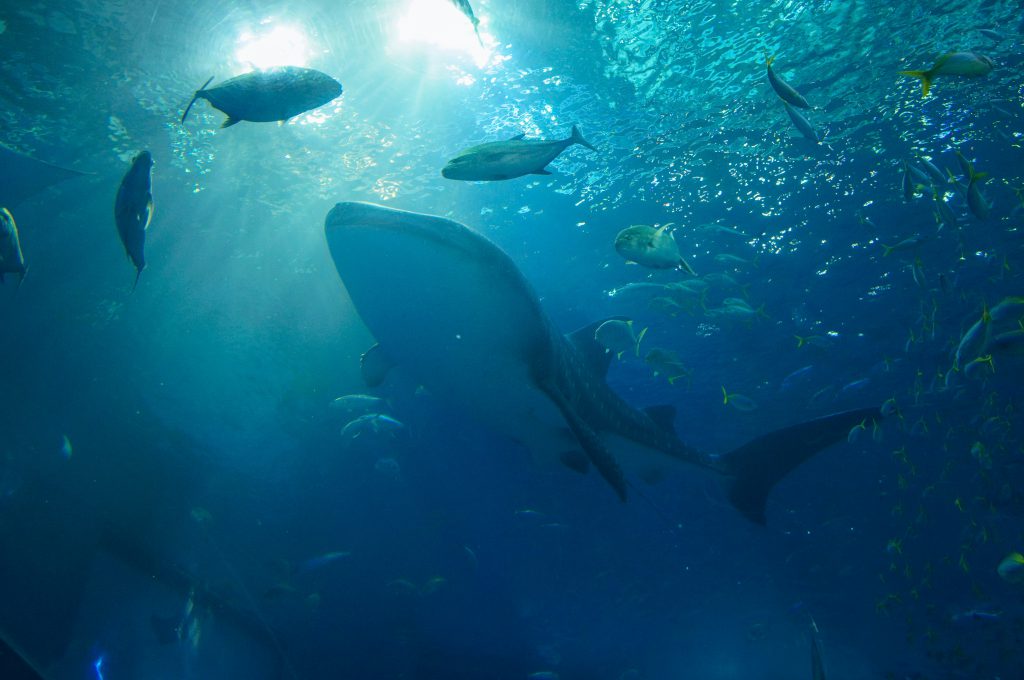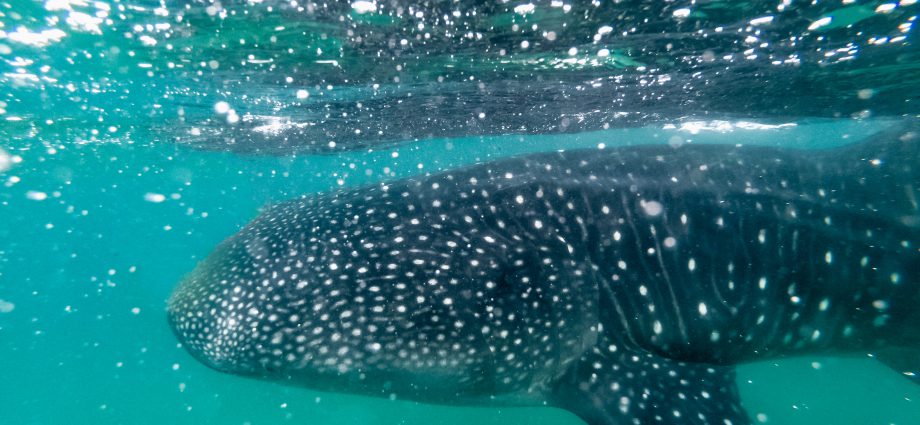NOSY BE (MADAGASCAR)- Could the island of Nosy Be, off western Madagascar be a new global hotspot for endangered whale sharks? Recent satellite tag-data from research suggests this as possibility.
That the whale sharks (Rhincodon typus) live in these waters is no secret. They are routinely sighted off the northwest coast of Madagascar, particularly off the island of Nosy Be. Dedicated whale shark tourism has been developing in the area since 2011.
Hotspots

A secondary hotspot was identified off Pointe d’Analalava, 180 km southeast of Nosy Be. Five sharks swam off the shelf into the northeastern Mozambique Channel, between Madagascar and Mayotte, and one of these continued to near the Comoros islands. Two sharks swam to southern Madagascar, with minimum track distances of 3414 and 4275 km.
Unprotected
More info on the research:
Diamant S, Rohner CA, Kiszka JJ, Guillemain d’Echon A, Guillemain d’Echon T, Sourisseau E, Pierce SJ (2018) Movements and habitat use of satellite-tagged whale sharks off western Madagascar. Endang Species Res 36:49-58. https://doi.org/10.3354/esr00889

